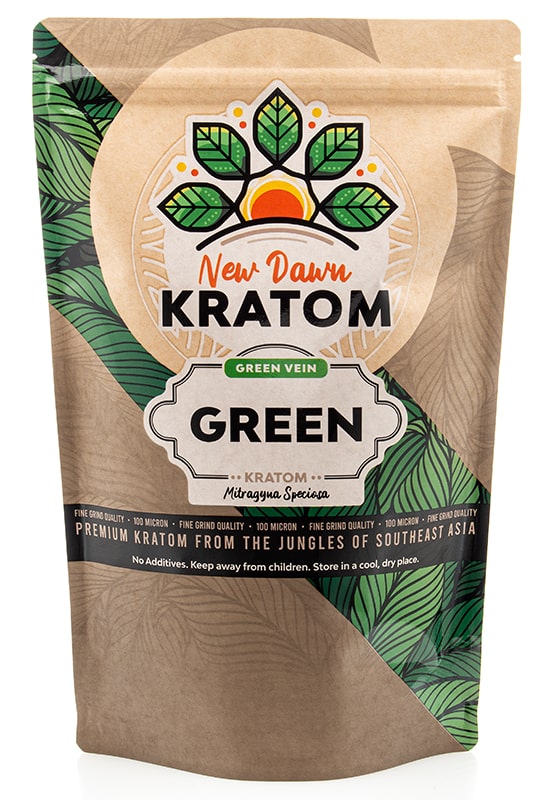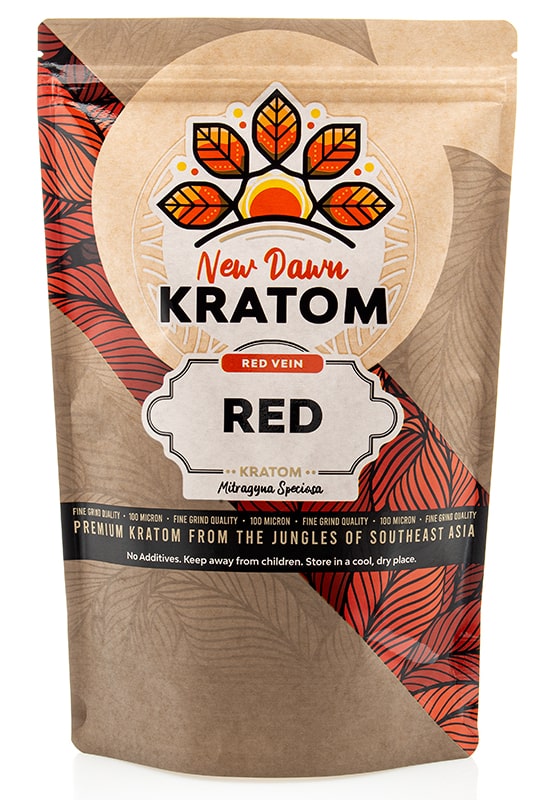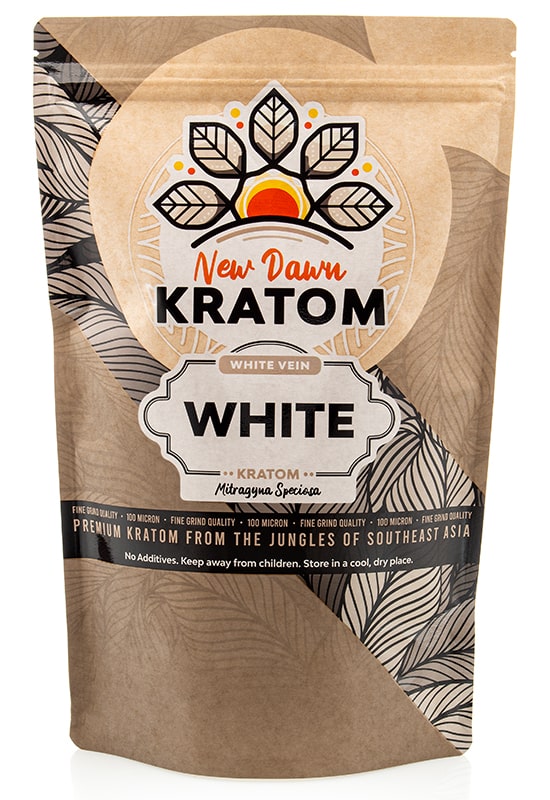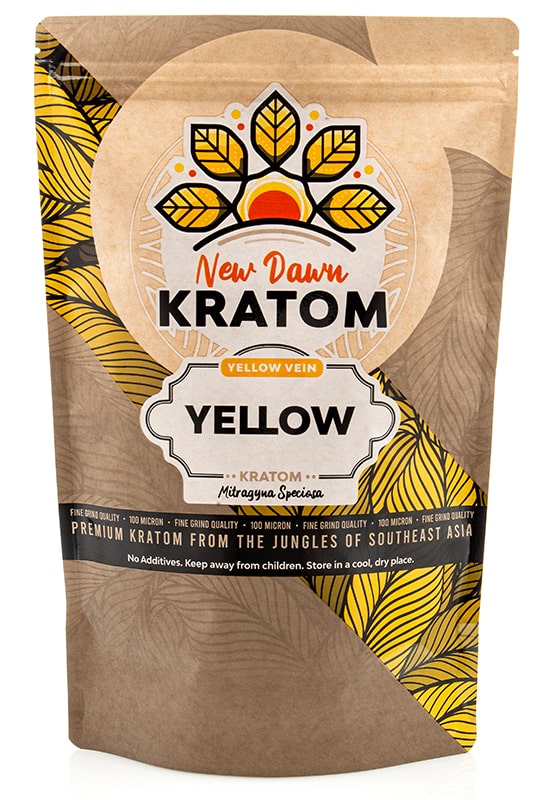Bet you never thought there was such a thing as fermented kratom — until now. Despite the fact that there are already countless choices of kratom on the market, farmers and sellers continue to expand the selection by exploring the herb’s potential. This has led to the development of various products like extracts, resins, and, yes, fermented kratom.
Before you lose your mind at the idea of a brand-new kratom product, it’s worth mentioning that fermented kratom has been around for a pretty long time. Heck, you might have actually already purchased the stuff in the past. Wondering what fermented kratom is and what it does? Find out here.
What is Fermented Kratom?
As the name suggests, fermented kratom is a kratom that’s subjected to a period of fermentation. The reason that farmers do this is that they found that the process of fermentation can actually elevate the concentration of alkaloids in the leaves by a natural process of oxidation.
While the term ‘fermented kratom’ definitely sounds fancy and exotic, this stuff has been around for a while. Otherwise known as ‘Bentuangie,’ fermented kratom is a widespread product that lots of kratom vendors offer and advertise as allegedly more potent than your average, everyday kratom strain.

How is Fermented Kratom Made?
So how exactly do you ferment kratom? Well, it starts out like any other process.
Step 1:
First, the leaves are harvested from the mature kratom plant. As you might already know, almost all kratom supply in North America comes from Southeast Asia, where kratom grows natively.
Step 2:
Once the leaves are harvested, they’re carefully dried in controlled facilities. The dried kratom leaves can meet one of two fates. The first is that they’re crushed to produce crushed leaf kratom — ideal for teas or for people who want to enjoy the benefits of the intact leaves. The rest of the kratom is pulverized into a fine powder. This powder can go on to be sold as is or can be used to fill up capsules and form tablets.
Step 3:
With fermented kratom, there’s an added step. Instead of drying immediately after harvest, the leaves are placed into a bag where they’re allowed to ferment for a period of time.
Step 4:
After the fermentation process, farmers proceed to either dry, crush, pulverize, or capsule the leaves based on their personal preference.
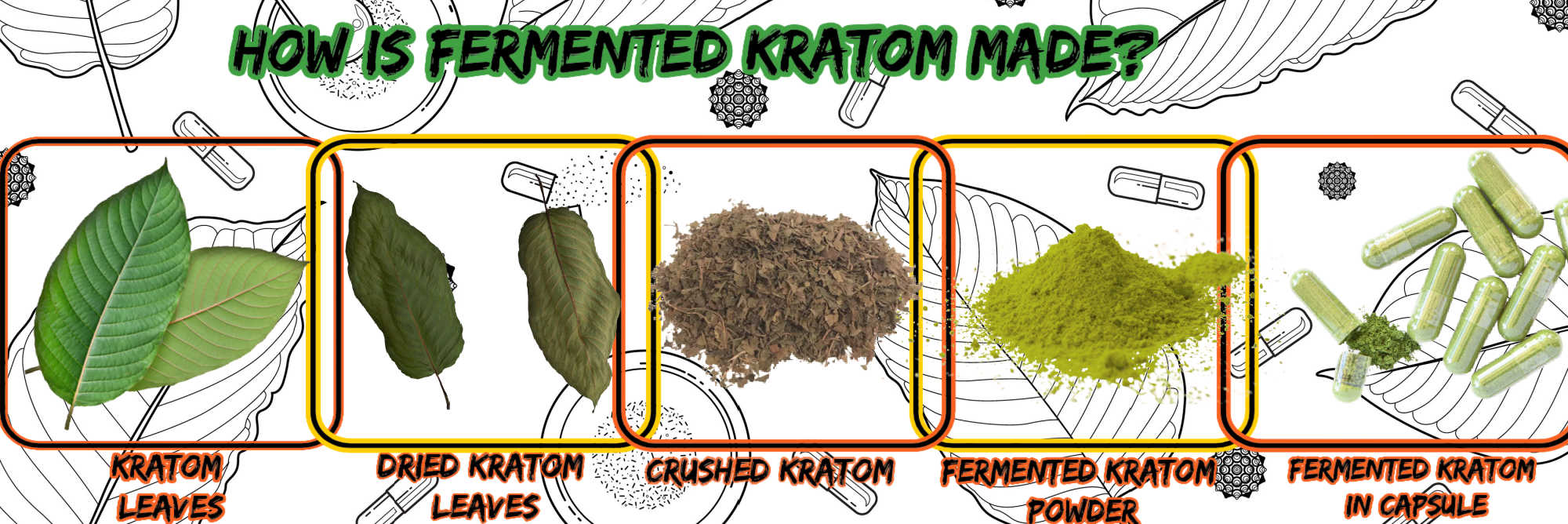
Effects of Fermented Kratom
Just like other varieties of kratom, the effects of Bentuangie depend mainly on the color vein. The properties of reds, whites, and greens still hold true with Bentuangie. The only difference is that the herb allegedly provides more potent, palpable effects. That means if you were hoping to achieve a slightly stronger experience, then you might want to switch from your usual strain to Bentuangie.
Another thing is that fermented kratom also tends to provide much faster results. That’s mainly due to the fact that Bentuangie has a more prominent alkaloid profile. It means it rapidly interacts with the brain receptors for swift effect onset — or at least that’s what sellers say.
Most Popular Bentuangie Varieties
Although Bentuangie is available in all color veins, most vendors stock Red Bentuangie alone. That’s because the variety is often the most patronized of all other options since white and green vein varieties that offer lively, energizing effects don’t typically need the added kick.
Red Bentuangie works quickly to induce a state of sleepy calm, making it ideal for people who want to wind down or relax at the end of a tiring day. The variety is also said to be much more effective at soothing aches and discomfort, especially if you’ve physically exerted yourself beyond your usual capacity.
Is It Safe to Ferment Kratom?
Yes, it should be safe — as long as the proper procedures are followed. Exposing the kratom to moisture for too long could cause the development of mold, while underexposure could prevent a complete fermentation. That’s why it’s important to make sure you’re buying your fermented kratom from a trusted source. Lab tests are particularly important when buying Bentuangie to avoid risk of contamination by mold and mildew.

The Bottom Line
Fermented kratom isn’t anything new. But because no one really mentions that it exists, buyers tend to pass it by. So if you haven’t given Bentuangie a shot just yet, try it now. It might be high time to experience the distinction between your standard strain and aged, fermented Mitragyna speciosa.

